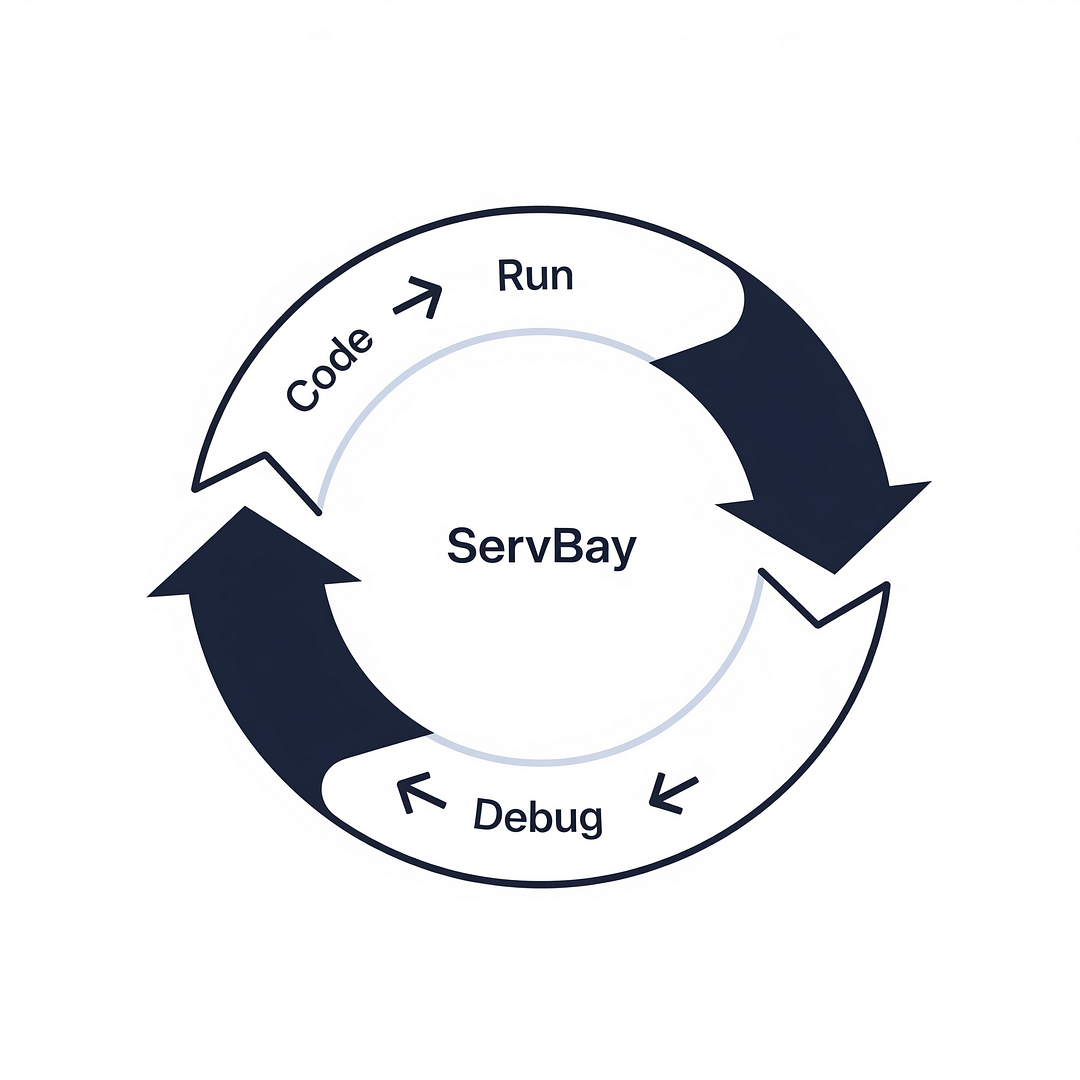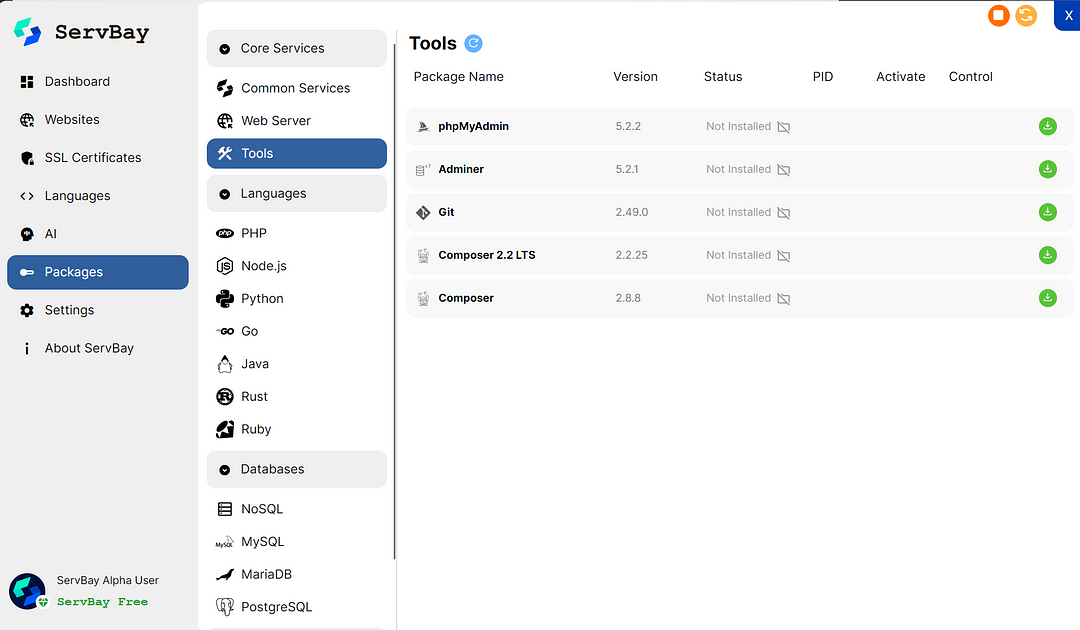Why "It Just Works" Locally is Winning Against Complex Cloud Environments
 Lamri Abdellah Ramdane
Lamri Abdellah RamdaneFor the past few years, we’ve been told a beautiful story about the future of software development. It’s a story set in the cloud, with tools like GitHub Codespaces and Gitpod as the main characters. The promise was alluring: a perfect, replicable dev environment, spun up in seconds, accessible from a web browser on any machine in the world.
I bought into that dream. I spent weeks crafting the perfect devcontainer.json files and learning the intricacies of cloud-based shells. But after chasing this cloud-native future, I’ve come to a simple conclusion, one I hear echoed more and more in developer communities: the promised land is a bit… laggy. And I miss the raw, unadulterated speed of developing on my own machine.
The siren song of the cloud is powerful, but a growing number of us are realizing that for the day-to-day creative act of coding, nothing beats an environment that just works, right here on our local hardware.

The Hidden “Tax” of Cloud Development
The problem with cloud-based environments isn’t that they don’t work; they do. The problem is that they come with a series of hidden “taxes” that place a constant, low-grade drag on your productivity and flow state.
The Latency Tax: Every keystroke, every file save, every terminal command has a few dozen milliseconds of network round-trip time attached. It seems insignificant, but it adds up. It’s the difference between a command feeling instantaneous and feeling… mushy. It’s a subtle friction that constantly pulls you out of the zone.
The Connectivity Tax: Your productivity is now entirely at the mercy of your internet connection. Working on a plane? In a coffee shop with spotty Wi-Fi? The dream of a seamless cloud environment quickly evaporates, leaving you unable to work effectively. Your powerful laptop becomes little more than a thin client.
The Configuration Tax: The dream of “zero setup” is a myth. Instead of wrangling local tools, you’re now wrangling complex
.devcontainer.jsonor.gitpod.ymlfiles. It's just a different, more abstract kind of configuration hell. When something breaks, you're not debugging your own machine; you're debugging a remote, virtualized container, which is a far more opaque process.
The Unbeatable Power of the Local “Inner Loop”
The reason these taxes feel so heavy is that they disrupt the most sacred process in a developer’s workflow: the “inner loop.” This is the rapid-fire, almost subconscious cycle of write code -> run/test -> debug.
The speed and fluidity of this loop is the single most important factor in our day-to-day productivity and enjoyment. When it’s fast and instantaneous, we can stay in a state of creative flow for hours. When it’s slow and interrupted by lag, our focus shatters, and simple tasks take twice as long.
This is where the “it just works” principle of a great local environment becomes unbeatable. There is zero network latency. It works perfectly offline. It leverages the full, raw power of the machine you paid for. The feedback is instant. The feeling is one of complete control and responsiveness.

What if Local Wasn’t Broken Anymore?
Let’s be clear: developers didn’t flock to cloud environments because they were inherently better. We fled to the cloud because, for years, setting up a local environment was a painful, frustrating experience. It was a mess of conflicting dependencies, manual configurations, and fragile setups. The cloud didn’t win on merit; it won because local was broken.
But what if local wasn’t broken anymore?
This is the shift we’re seeing now. A new generation of tools has emerged that delivers the “all-in-one” convenience of a cloud IDE, but with the speed and reliability of a native, local setup. This is where a tool like ServBay changes the entire equation.
It’s built on the philosophy that a local environment should be powerful and simple. It internalizes the “it just works” principle by:
Eliminating Complex Configuration: Forget wrestling with Homebrew, Dockerfiles, or YAML configs. With ServBay, you get a clean GUI where you can enable PHP, Node.js, PostgreSQL, Redis, and even AI models with a single click. It brings the convenience of a managed platform to your own machine.
Delivering Native Speed: Because it runs natively on your hardware, your inner loop is instantaneous. There is no latency tax. Your code runs as fast as your machine will allow.
Being Offline by Default: It doesn’t rely on an internet connection to function. You have a robust, fully-featured development environment anywhere you take your laptop.
Tools like ServBay are leading a quiet revolution by fixing the problems that made us look to the cloud in the first place. They provide the best of both worlds: the integrated, multi-service power of a cloud environment with the speed, control, and reliability of local development.

Conclusion: The Right Tool for the Job
The future of development isn’t about choosing cloud or local. It’s about using the right tool for the right job. Cloud platforms are fantastic for collaboration, CI/CD pipelines, and providing standardized environments for large, distributed teams.
But for the core, creative act of writing and debugging code, the local-first approach is winning again. It’s winning because a new class of tools has finally solved the historical pain points of local setup, leaving us with a workflow that is simply faster, more responsive, and more enjoyable.
The ultimate developer experience is one that feels seamless and gets out of your way. And nothing does that better than an environment that just works.
Subscribe to my newsletter
Read articles from Lamri Abdellah Ramdane directly inside your inbox. Subscribe to the newsletter, and don't miss out.
Written by
